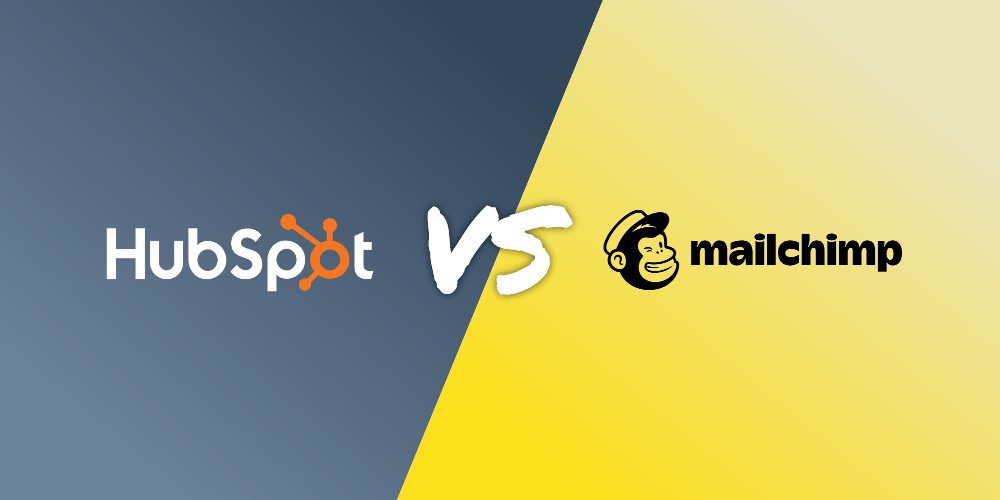
Introduction:
When it comes to marketing tools, HubSpot and Mailchimp are two popular options that offer a range of features to help businesses streamline their marketing efforts. In this blog post, we will compare the key features and pricing of HubSpot and Mailchimp, providing marketing teams with valuable insights to make an informed decision.
Key Features:
- Email Marketing:
Both HubSpot and Mailchimp excel in email marketing capabilities. They allow you to create visually appealing emails using customizable templates, segment your audience for targeted campaigns, automate email workflows, conduct A/B testing for optimization, and track performance metrics such as open rates and click-through rates. - Contact Management:
HubSpot offers robust contact management tools that enable you to store detailed contact information in a centralized database. You can easily segment contacts based on various criteria like behavior or demographics for more personalized messaging.
Mailchimp also provides contact management features where you can import contacts from different sources effortlessly. However, compared to HubSpot’s comprehensive CRM capabilities (Customer Relationship Management), Mailchimp’s focus is primarily on email marketing rather than overall customer relationship management.
- Marketing Automation:
HubSpot shines in this area by offering powerful automation capabilities beyond just email workflows. With workflows in HubSpot, you can nurture leads through the entire buyer’s journey by automating tasks like sending follow-up emails or assigning sales tasks based on specific triggers or actions taken by prospects.
While Mailchimp does provide basic automation functionality including welcome emails or abandoned cart reminders if integrated with e-commerce platforms; it doesn’t match up to the extensive automation possibilities offered by HubSpot.
Pricing:
- Hubspot:
Hubspot follows a tiered pricing structure based on feature sets – Free CRM & Sales Tools (basic CRM functionalities), Starter ($50/month), Professional ($800/month), Enterprise ($3200/month). The pricing increases as you move up the tiers, unlocking more advanced marketing features. - Mailchimp:
Mailchimp offers a free plan for businesses with smaller subscriber lists and limited functionality. Their paid plans are based on the number of subscribers and include Essentials (starting at $9.99/month), Standard (starting at $14.99/month), and Premium (custom pricing).
Conclusion:
When choosing between HubSpot and Mailchimp, it’s important to consider your specific marketing needs. If you require comprehensive CRM capabilities, extensive automation possibilities, and have a larger budget, HubSpot might be the better choice. On the other hand, if email marketing is your primary focus with a smaller budget or simpler requirements, Mailchimp can be a cost-effective solution.
Ultimately, both tools offer valuable features to enhance your marketing efforts; it boils down to assessing your team’s requirements, budget constraints, and long-term business goals before making an informed decision that aligns with your unique needs.